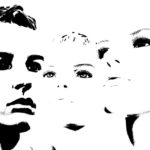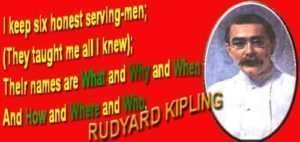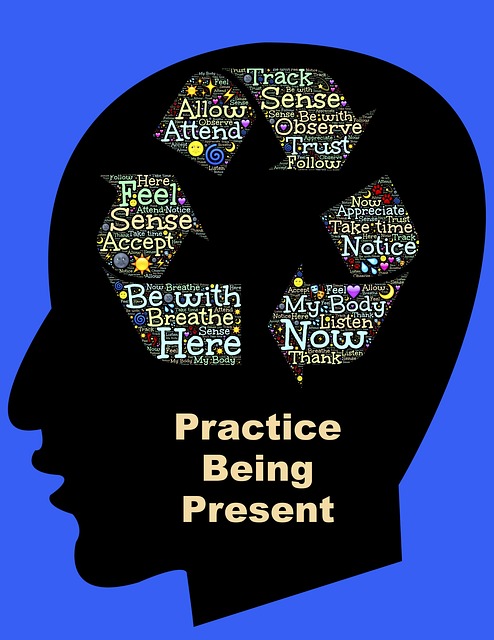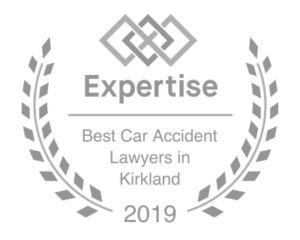 This cross examination discussion is from my cross examination notes in a survival action economic loss case.
This cross examination discussion is from my cross examination notes in a survival action economic loss case.
Forensic Economist. Agree you develop estimates for numerous variables that affect the recovery in tort cases. Agree in a survival action these variables are: 1) Base Earnings; 2) Earnings Growth Rate; 3) Fringe Benefits; 4) Personal Consumption; and 5) Discount Rate.
Base Earnings Rate. Defense forensic economists will start as low as possible. When they begin too low cover how the low base rate was arrived at and why a low base rate will lead to a lower economic loss amount. Demonstrate the rate of pay at which the economist should have started.
Earnings Growth Rate. Another way the defense economist can understate economic damages is through the “earnings growth rate.” Earnings do not grow in a linear manner until retirement. Typically they peak about ten years before retirement. Here time must be spent with our economist to determine and understand a fair economic growth rate. When the defense economist fails to do this and understates the growth rate demonstrate in cross examination this leads to an understatement of economic damages.
Fringe Benefits. The defense economist will start with a low base income rate and fail to add fringe benefits. “Data from the last few decades reveals that fringe benefits have increased significantly as a percentage of overall compensation. These benefits now account for almost 30%… of total compensation. ,,, Damage calculations must therefore include a valuation of fringe benefits.” David Gordon, A Forensic Economics Primer (Journal of Comprehensive Research).
Consumption. The defense economist may try to overstate personal consumption. This is because the amount of personal consumption is deducted from lifetime earnings before the discount rate is used to arrive at net economic loss. Future earnings of the deceased are adjusted for his consumption. See id. at 44-45. Consumption covers expenditures on goods and services, but does not include joint family expenditures. When possible the economist will look to actual expenses, but this does not work in the case of a young decedent. Have an understanding of how your economist is addressing personal consumption, and make sure it is solid. Hold the defendant economist to a similar analysis to prevent getting away with overstating consumption which results in understating net economic loss.
Discount Rate. The United States Supreme Court in Jones & Laughlin Steel Corp. v. Pfeifer, 462 U.S. 523 (1983) addressed the issue of the proper discount rate in a personal injury case involving future economic loss. The Court reasoned in all personal injury cases involving future economic loss “it is reasonable to suppose that interest may safely be earned upon the amount that is awarded. Id. at 537. Thus, the ascertained future benefits should be discounted. The Court pointed out the discount rate should be one earned on the best and safest investments. Id. The injured plaintiff is “entitled to a risk-free stream of future income to replace his lost wages; therefore, the discount rate should not reflect the market’s premium for investors who are willing to accept some risk of default.” Id. The Court concluded the amount of future economic loss must encompass the amount the injured plaintiff would have earned during each year he could have worked but for his injury and the appropriate discount rate “reflecting the safest available investment.” Id. at 538. Have the Jones case when cross examining the defense economic expert. This is because the defense expert will likely use a high discount rate arrived at at least partially from stock market return rates. Remember, the higher the discount rate the lower the net economic loss amount. The use of the high discount rate deflates economic loss contrary to our Supreme Court.
Post Footer automatically generated by Add Post Footer Plugin for wordpress.


 For connection with the jury I follow the Tao of Trial.
For connection with the jury I follow the Tao of Trial. It is easy for me to talk. It is easy to think when another is talking as I prepare to talk. My tendency is to think and talk, think and talk.
It is easy for me to talk. It is easy to think when another is talking as I prepare to talk. My tendency is to think and talk, think and talk. Representing a developmentally disabled (DD) client brings considerations beyond what we typically encounter. Here is how I address the deposition without first getting a protective order.
Representing a developmentally disabled (DD) client brings considerations beyond what we typically encounter. Here is how I address the deposition without first getting a protective order. At moments everything is clear, and when that happens we see that the world is barely there at all. It’s a perfectly balanced mechanism of shouts and echoes pretending to be wheels of cogs, a dream clock chiming beneath a mystery-glass we call life.
At moments everything is clear, and when that happens we see that the world is barely there at all. It’s a perfectly balanced mechanism of shouts and echoes pretending to be wheels of cogs, a dream clock chiming beneath a mystery-glass we call life. Starting as a young lawyer and continuing I consult Professors Strunk and White,
Starting as a young lawyer and continuing I consult Professors Strunk and White,  What is REAL asked the Rabbit one day, when they were lying side by side near the nursery fender, before Nana came to tidy the room. “Does it mean having things that buzz inside you and a stick-out handle?
What is REAL asked the Rabbit one day, when they were lying side by side near the nursery fender, before Nana came to tidy the room. “Does it mean having things that buzz inside you and a stick-out handle? Cross examination is a challenging part of the trial. It presents the opportunity to either turn an adverse witness into my witness or destroy the adverse witness. Either way my case benefits form successful cross examination.
Cross examination is a challenging part of the trial. It presents the opportunity to either turn an adverse witness into my witness or destroy the adverse witness. Either way my case benefits form successful cross examination. These are jury selection thoughts thoughts based on Carl Rogers, On Becoming a Person (1961).
These are jury selection thoughts thoughts based on Carl Rogers, On Becoming a Person (1961). In MERTON & SUFISM The Untold Story (Edited by Rob Baker and Gary Henry-FONS VITAE 2005) Thomas Merton discusses what he terms “Final Integration.” This is a state Confucius reached by age 70 and a mystical state to be strived for:
In MERTON & SUFISM The Untold Story (Edited by Rob Baker and Gary Henry-FONS VITAE 2005) Thomas Merton discusses what he terms “Final Integration.” This is a state Confucius reached by age 70 and a mystical state to be strived for: